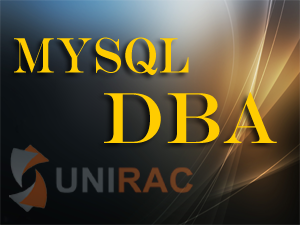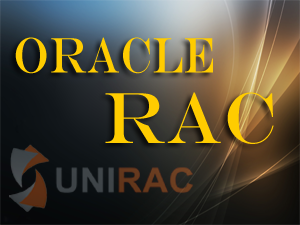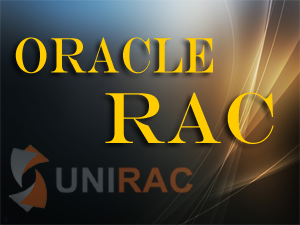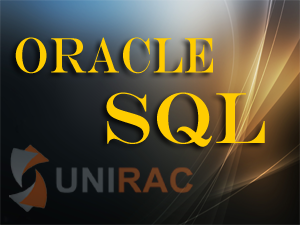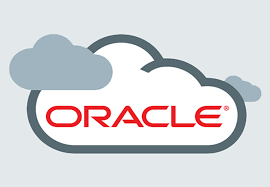Subscribe YouTube Channel For More Live Tutorials
ASM Multipathing Best Practices
Introduction
In today’s competitive business climate, well-planned business continuity strategies must include redundancy to ensure server resources are able to access storage devices even in the event of a failure. Disks and controllers can fail, and data paths can become congested resulting in bottlenecks or can fail entirely cutting off access to key information. Storage RAID technologies are great solutions for providing high availability for storage devices (disks), however, they do not address the physical path between the server and storage. If there is only a single path from the server to storage and one component fails, no amount of disk redundancy can keep the data available. Multipathing solutions are designed to provide failover through the use of redundant physical path component adapters, cables, and switches between the server and storage. In the event that one or more of these components fail, applications can still access their data, thereby, eliminating single point of failure within the SAN and maintaining continuous access to storage devices and data. Multipathing solutions can also improve system performance by distributing I/O load across all available paths. It provides a higher level of data availability through automatic failover and failback. Active-active (all channels are actively doing I/O) and active-passive (one channel is active I/O while the others are standby) functionalities are optionally available from vendors.
Multipathing software is implemented at the Operation System (OS) device driver level and creates an abstraction (pseudo device) allowing I/O operations to be shared and balanced across all available I/O paths. Multipathing provides the following key benefits:
•I/O path high availability
•Pseudo device interface for a multipathed LUN
•Path failover and failback
•I/O load balancing in active-active configurations
Automatic Storage Management (ASM) is a complimentary solution to multipathing technologies. ASM removes management complexity, improves performance through data distribution and improves data availability but does not have multipathing functionality itself. ASM should not have any dependencies on host multipathing software and should work transparently in most environments. Oracle suggests following best practices published by Oracle and partners to ensure success.
Generic Best Practices for ASM and Multipathing Configurations
ASM is designed to produce an error when discovering the samedisk via multiple paths. If ASM picksthe firstdevice found, ASMmight not choose the pseudo device. Returning an error forces the user to be explicit about the path ASMshould open. A single disk may have multiple device names in a multipath configuration. Therefore, ASM should be configured so that only one of the pseudo devices is discovered. Here is an example for a disk with 3 paths:
1.The first path to the disk (/dev/rdsk/c3t1d5s4)
2.The second path to the disk (/dev/c4t1d5s4)
3.The pseudo device name(/dev/rdsk/emcpower1)
The ASM initialization parameter, ASM_DISKSTRING, limits the paths searched by ASM when discovering disks. It should be configured to find only the psudo device names. For example, if you are using EMC PowerPath multipathing software, you may set the ASM_DISKSTRING to '/dev/rdsk/emcpower*'. When I/O is sent to the pseudo device, the multipath driver intercepts it and provides load balancing and failover/failback to the underlying sub-paths.>/p>
Multipathing When Using ASMLIB Disks
When using ASMLIB with ASM on Linux, you can ensure the discovery of the multipath disk by configuring ASMLIB to scan the multipath disk first or to exclude the single path disks when scanning.ASMLIBallows two modifications to the disk scan order.
First, it allows exclusion of certain disks. In other words, ASMLIBwill ignore those disks completely.
Second, the system administrator can specify disks that are to be scanned first. Disks in this list are scanned before the rest of the disks in the system. Youcan specify the desired disk scan behavior by specifying ASMconfiguration variables.
The ORACLEASM_SCANORDER variable specifies disks to be scanned first. The ORACLEASM_SCANEXCLUDE variable specifies the disks that are to be ignored. Please see Oracle Support noteID 294869.1for specific information regarding tested multipathing products and storage





